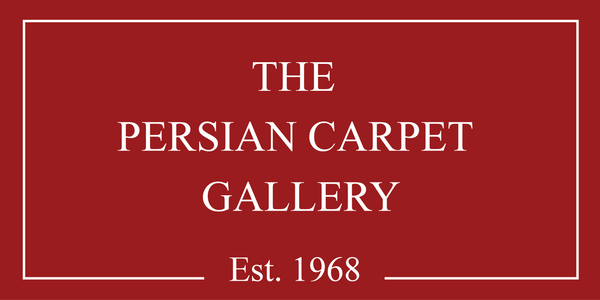The Magnificent ‘Vase’ Carpet: A 16th-Century Persian Masterpiece
The Magnificent ‘Vase’ Carpet: A 16th-Century Persian Masterpiece
A Glimpse into Persian Artistry
The ‘Vase’ Carpet is an extraordinary example of Persian weaving, originating from Central or South-East Persia towards the end of the 16th century. This breathtaking piece is now housed in the prestigious Carpet Museum of Iran in Tehran, where it continues to captivate art lovers, historians, and textile enthusiasts from around the world.
Dimensions & Craftsmanship
This masterpiece measures 409 cm x 353 cm (161 in x 139 in) and is a testament to the unparalleled skills of Persian weavers. The rug boasts an astonishing density of 275,000 Persian knots per square meter (177 knots per square inch), showcasing the meticulous craftsmanship that defines Persian carpet-making.
-
Knot Density:
- 80 knots per 10 cm (width-wise)
- 55 knots per 10 cm (length-wise)
-
Materials Used:
- Warp: Unbleached cotton
- Weft: Unbleached cotton
- Pile: Wool
The use of high-quality wool gives the carpet its characteristic softness and durability, while the tight knotting ensures the longevity and vibrancy of its intricate patterns.
The Mystery of Its Origin
The origins of the ‘Vase’ Carpet have long been a subject of debate among scholars and experts. One of the most prominent theories, supported by Arthur Upham Pope, suggests that these rugs were woven in Joshagan, a small yet historically significant weaving center located 140 km (87 miles) north of Isfahan. Pope, a leading expert in Persian art, believed that many of the luxurious carpets commissioned by Shah Abbas the Great—one of Persia’s most influential rulers—came from this region.
However, alternative theories place the production of these carpets in Isfahan or Kerman, two other major weaving centers of the Safavid era. Both cities were renowned for their sophisticated carpet production, often creating pieces specifically for the royal court and high-ranking officials.
What Defines a ‘Vase’ Carpet?
The ‘Vase’ Carpet belongs to a distinctive category of Persian rugs known for their elaborate floral designs, intricate lattice patterns, and, as the name suggests, the depiction of elegant vase motifs. These carpets are characterized by:
- Highly detailed floral compositions
- Graceful curvilinear patterns
- Symmetrically arranged vases, often overflowing with flowers
- Exquisite use of natural dyes, creating deep and vibrant colors
These elements reflect the artistic brilliance of the Safavid period, an era widely considered the golden age of Persian carpet weaving.
A Timeless Treasure
The ‘Vase’ Carpet is more than just a decorative piece—it is a historical artifact that embodies the sophistication and cultural richness of Persian craftsmanship. Whether woven in Joshagan, Isfahan, or Kerman, this masterpiece is a testament to the Persian weavers’ ability to transform wool and cotton into works of art that transcend time.
With its unparalleled beauty, historical significance, and exquisite craftsmanship, the ‘Vase’ Carpet continues to inspire and mesmerize admirers worldwide, securing its place as one of the most cherished Persian rugs in history.

